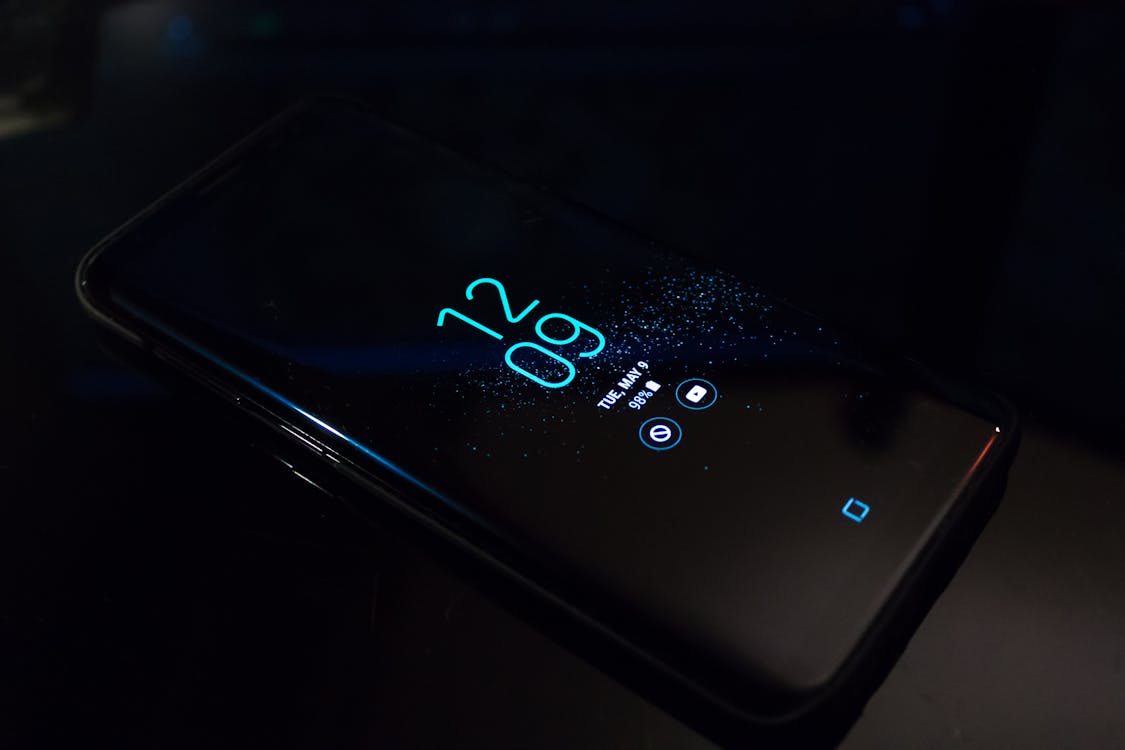
Android 11: Top Features You Should Know About 📲
The stable version of Android 11 has officially launched! If you’re a Google Pixel user, you’ve likely received the update, and other Android users from brands like OnePlus, Xiaomi, and Realme should see it soon. Android 11 builds on the foundation of Android 10, but it includes several new and helpful features, making it more intuitive, especially for communication and smart device control. Here’s a breakdown of Android 11's standout features:
1. Conversation Notifications
- Notifications are now divided into three categories: Conversations, Alerting, and Silent. The Conversations section groups all communication apps and messages, allowing you to prioritize certain contacts, like family members. This way, you’re less likely to miss essential notifications.
2. Notification History
- Ever swiped away a notification by mistake? Android 11’s new Notification History feature stores recent notifications for 24 hours, letting you review or recover anything you accidentally dismissed. You’ll need to enable it in Settings to keep track of your notification history.
3. Chat Bubbles
- Similar to Facebook Messenger’s chat heads, Chat Bubbles in Android 11 offer a floating, on-screen chat option for any compatible messaging app. This feature makes multitasking easier by allowing quick access to messages without leaving your current app.
4. Native Screen Recorder
- Android 11 finally includes a built-in screen recorder accessible through the Quick Settings. You can also toggle options to record audio and show screen taps, eliminating the need for third-party screen-recording apps.
5. Enhanced Media Controls
- Media controls have moved to the Quick Settings section for easier access. With a few taps, you can switch audio output to other devices, like Bluetooth speakers, making it simpler to manage your audio.
6. Smart Device Controls
- Holding down the power button now brings up a menu with shortcuts for smart home devices and Google Pay options, allowing you to manage lights, locks, and other smart devices directly from this new control center.
7. One-time Permissions and Auto-reset
- One-time permissions offer tighter control over privacy by granting access to sensitive data (like location) for just one session. Android 11 also auto-resets permissions for apps you haven’t used in a while, requiring you to re-authorize permissions if you reopen them.
8. Dark Theme Scheduling
- You can now schedule dark mode based on sunset/sunrise or set custom times, making it easier to save battery or reduce eye strain in low-light environments.
9. Android Updates via Play Store
- Google now has more control over updates, which allows for faster security and system updates directly through the Play Store. While it doesn’t replace full OS updates, it keeps devices more secure, even if manufacturers stop providing updates.
How to Get Android 11
- If you have a Google Pixel, go to Settings > System > Advanced > System update. For other supported devices, check with your phone’s manufacturer for release schedules.
These changes focus on refining user control, privacy, and communication. Android 11’s new tools give users a more organized and manageable experience while keeping pace with evolving tech needs!
Tags
Android
